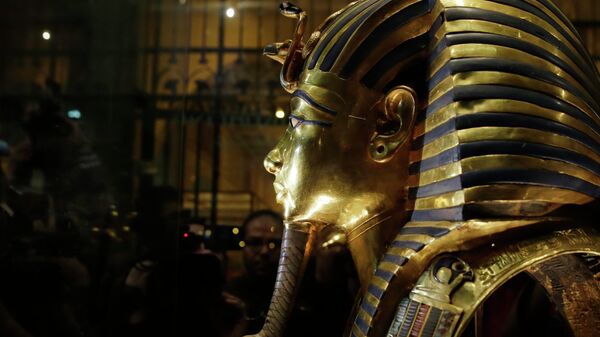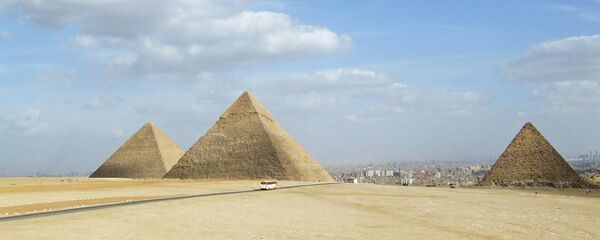The team led by renowned Egyptologist Zahi Hawass believes they found the former first lady of ancient Egypt in the Valley of the Kings near the tomb of Ankhesenamun’s second husband, pharaoh Ay, who ruled from roughly 1327 to 1323 B.C.
There are many hidden tombs in the Valley of the Kings, where Egyptians buried their royals for 3 millenia.
Hawass told LiveScience in an email that the scientists aren’t entirely sure the find belongs to Tut’s wife, writing, "We are sure there is a tomb there, but we do not know for sure to whom it belongs."
"We are sure there is a tomb hidden in that area because I found four foundation deposits," which are typical of burial practices at the time, he added, as well as "caches or holes in the ground that were filled with votive objects such as pottery vessels, food remains and other tools as a sign that a tomb construction is being initiated."
The former head of Egypt's Supreme Council of Antiquities also said that radar detection revealed what could be the entrance to Ankhesenamun’s tomb. She died in 1323 B.C. when she was only 18 years old.
Tutankhamun is considered a minor Pharaoh, but is notable because he rejected the radical religious changes made under his father Akhenaten. When Howard Carter found his tomb in 1922, it gained notoriety for being the most intact of any in ancient Egypt.



